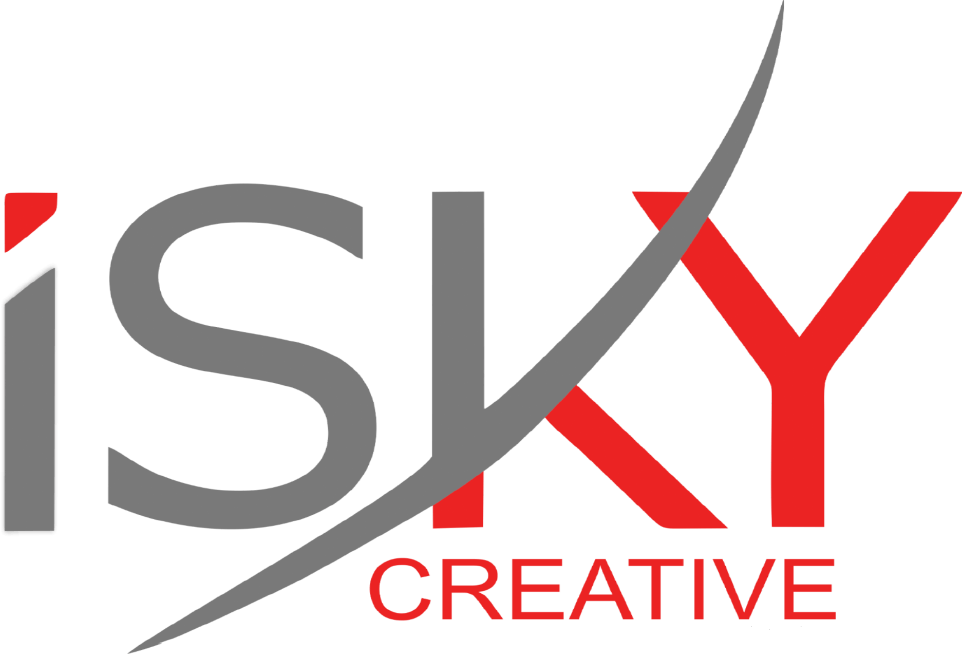In the vast realm of web development, HTML5 and CSS3 are like the twin pillars holding up the structure of the internet. For beginners dipping their toes into the world of web design and development, understanding the basics of HTML5 and CSS3 is akin to learning the alphabet before diving into writing essays. Let’s explore these foundational languages without delving into the intricate details of coding.
HTML5: Building Blocks of Structure
HTML, or HyperText Markup Language, serves as the skeleton of web pages. It provides the essential structure and content of a website, defining elements like headings, paragraphs, images, and links. HTML5, the latest version of HTML, brings along new features and semantic elements for better organization and accessibility.
At its core, HTML5 is all about structure. Imagine it as the blueprint of a building, outlining where each element should go. You have headings to define the main sections, paragraphs for textual content, lists for organizing information, and more. HTML5 also introduces semantic elements like <header>, <nav>, <section>, and <footer>, which provide meaning to the different parts of a webpage, making it easier for search engines and screen readers to understand.
CSS3: Painting the Picture
While HTML lays down the structure, CSS (Cascading Style Sheets) is responsible for styling and presentation. CSS3, the latest evolution of CSS, takes web design to new heights with its extensive range of styling options and effects.
Think of CSS3 as the interior decorator of your website. It determines how the content looks and feels—choosing colors, fonts, spacing, and more. With CSS3, you can create visually stunning designs, add animations, and ensure your website looks great across various devices and screen sizes.
Bridging the Gap
The beauty of HTML5 and CSS3 lies in their synergy. While HTML provides the foundation, CSS adds the aesthetics, turning a plain document into a visually appealing webpage. Together, they form the backbone of modern web development.
As a beginner, understanding the relationship between HTML5 and CSS3 is crucial. While HTML defines the elements and structure of a webpage, CSS styles those elements, giving them color, shape, and layout. Think of HTML as the canvas and CSS as the paintbrush—you need both to create a masterpiece.
Conclusion
HTML5 and CSS3 are the building blocks of the web. By grasping the basics of these two languages, beginners can lay a solid foundation for their journey into web development. While there’s much more to learn beyond the surface, mastering HTML5 and CSS3 is an essential first step towards becoming a proficient web developer. So dive in, experiment, and let your creativity flourish in the digital realm!

